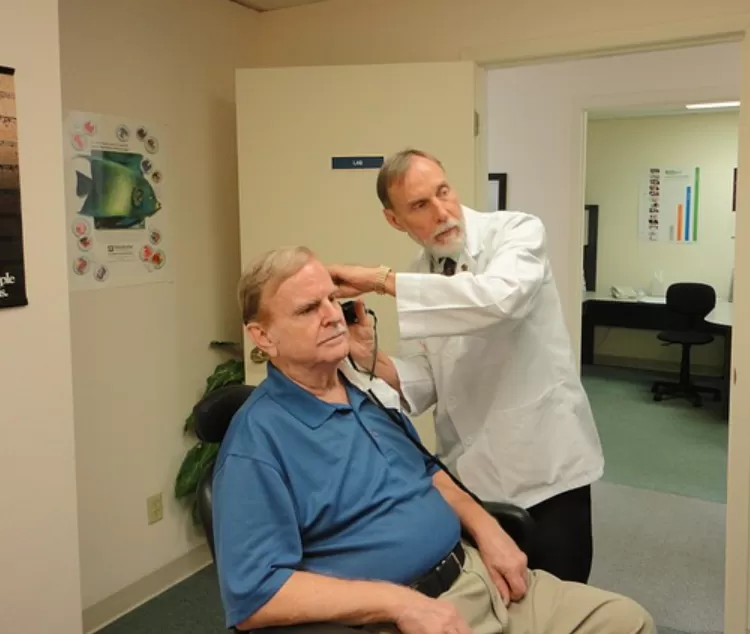Safe Pain Relief Options For Seniors Balancing Effectiveness And Side Effects

Prescription Pain Medications
✨ Prescription NSAIDs
Examples: Higher-strength forms of ibuprofen or diclofenac.
Advantages: Offer more potent anti-inflammatory effects than OTC versions.
Precautions: Carry similar gastrointestinal and kidney risks—require ongoing monitoring.
✨ Low-Dose Opioids (Used Only When Necessary)
Examples: Tramadol or small doses of hydrocodone combined with acetaminophen.
Advantages: May be effective for moderate to severe pain that doesn't respond to other therapies.
Precautions: Risk of sedation, constipation, falls, and potential dependence. Best reserved for short-term use under close medical oversight.
✨ Adjuvant Therapies
Certain antidepressants (e.g., duloxetine) and anticonvulsants (e.g., gabapentin) can be effective for nerve-related (neuropathic) pain.
Advantages: May address symptoms that traditional pain medications cannot alleviate.
Precautions: Side effects may include dizziness, mood changes, or weight gain. Regular physician evaluation is advised.
Non-Drug Pain Management Strategies
💡 Physical Therapy and Light Exercise
Advantages: Enhances muscle strength, flexibility, and posture, leading to gradual pain reduction.
Examples: Gentle activities such as water aerobics, Tai Chi, yoga, or stretching sessions.
💡 Thermal Therapies
Heat: Helps loosen tight muscles and boost circulation, making it ideal for chronic stiffness.
Cold: Reduces inflammation and numbs pain during acute flare-ups. Apply in 15-minute intervals.
💡 Mind-Body Practices
Examples: Meditation, deep breathing, guided imagery, and biofeedback.
Advantages: Help manage stress, disrupt pain perception, and may reduce the need for medication.
Strategies to Minimize Side Effects
🧑 Follow Dosage Instructions Exactly
Always read labels and avoid exceeding recommended limits.
🧑 Watch for Drug Interactions
Maintain an updated list of all prescription and OTC medications and supplements, and share it with your healthcare provider.
🧑 Undergo Regular Medical Monitoring
Periodic kidney and liver function tests are essential, especially when using long-term medications.
Report any unusual symptoms such as confusion, stomach discomfort, or unexpected bruising.
🧑 Stay Hydrated and Eat Well
Proper hydration supports medication metabolism and kidney health.
A balanced diet rich in protein and calcium helps maintain bone strength and supports tissue repair.
Conclusion
Managing chronic pain in later life is about finding the right balance between safety and effectiveness. For many, starting with low-risk over-the-counter solutions like acetaminophen or topical treatments provides meaningful relief. Prescription options should be considered only when necessary and always under medical supervision. Combining pharmacologic treatment with non-drug methods—such as physical therapy, temperature-based therapies, and relaxation techniques—can further improve outcomes. With informed decisions, adherence to dosing guidelines, and ongoing dialogue with healthcare professionals, seniors can achieve better pain control while minimizing risks.

Solar Grants Make Home Systems Affordable

5 Creative Ways To Use Photo Prints Beyond The Frame For Home And Gifts

Finding the Best Hearing Aid for Seniors

Every Homeowner Needs to Know:Duct Cleaning Services in 2025

Powering Your Home with Sunshine How Clean Energy is Slashing Electric Bills Nationwide

You Are Not Lazy You Are Mentally Drained

Choosing the Right Medical Program in 2025

5 Essential Pharmaceutical Devices Every American Household Should Have

Robots with Empathy Can Machines Really Understand Feelings

5 Essential Dust Collection Systems Every Manufacturer Needs in 2025